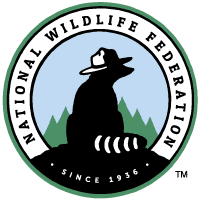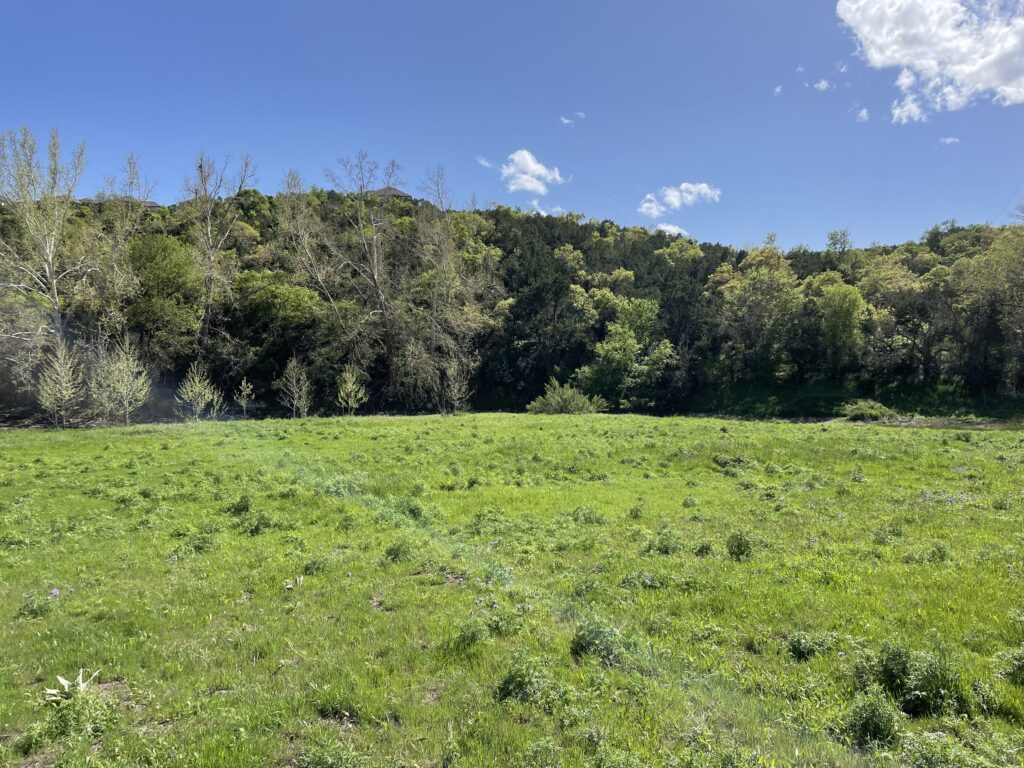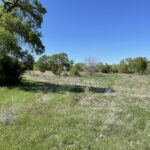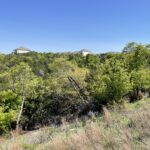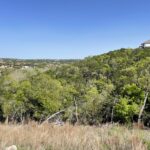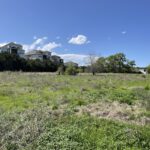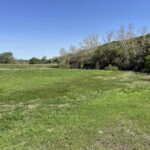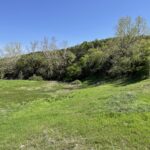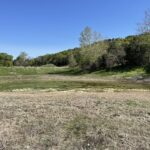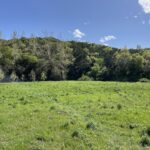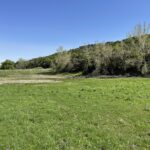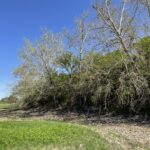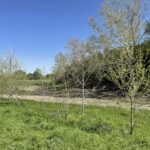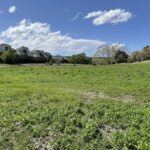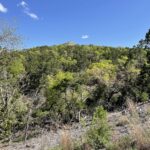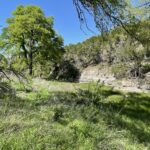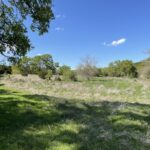Travisso
This Open Space Habitat has been certified by TM Habitats
Total Acres of Community
2144
Total Acres Certified Space
35.78
Open Space Overview
Open Space Notable Parcels & Features
This Native Open Space is situated at the northern tip of the Travisso community and includes a wooded hillside and grassy meadows along the south side of Bloody Hollow Creek. The creek flows seasonally and features a large ponding area behind an earthen embankment that retains water. The area natural and not mowed.Wildlife & Native Plants
The native habitat in Travisso supports wildlife such as white tail deer, foxes, coyotes, and a wide variety of birds, including the endangered Golden-Cheek Warbler. The property is located in the Live Oak – Mesquite – Ashe juniper Parks vegetative sub-region of the Edwards Plateau physiographic region. These regions are characterized by scrub forest and savanna areas containing juniper, oaks, and mesquite found on gently rolling uplands and ridge tops of the Edwards Plateau Region. Other common plants associated with this sub-region are Texas oak, shin oak, cedar elm, netleaf hackberry, flameleaf sumac, agarito, Mexican persimmon, Texas pricklypear, kidneywood, saw greenbriar, Texas wintergrass, little bluestem, curly mesquite, Texas grama, Halls panicum, purple three-awn, hairy tridens, cedar sedge, two-leaved senna, mat euphorbia, rabbit tobacco. The Travisso master planned community spans several hilltops, plateau, valleys, and creeks. These creeks include Bloody Hollow, Palmetto Hollow, Cold Springs Hollow, Buttermilk Hollow, Big Sandy Creek, Bee Cave Hollow, and Deep Hollow. The smaller creeks flow into Bloody Hollow and Big Sandy Creek, which in turn flow into Lake Travis.Images Of Certified Space
 Food Source
Food Source- Seeds
- Nectar
- Sap
- Foliage/Twigs
- Pollen
- Seeds
- Nectar
- Sap
- Foliage/Twigs
- Pollen
 Water Source
Water Source
- Stream/River
- Spring
- Seasonal Pool
 Places for Cover
Places for Cover
- Wooded Area
- Ground Cover
- Dense Shrubs/Thicket
- Evergreens
- Brush/Log Pile
 Places to Raise Young
Places to Raise Young
- Mature Trees
- Dead Trees/Snags
- Meadow/Prarie
- Dense Shrubs/Thicket
- Host Plants for Caterpillars
 Sustainability
Sustainability
Controlling Exotic Species
- Use Native Plants
Soil and Water Conservation
- Xeriscape
- Use Mulch or Ground Cover to Retain Soil Moisture and Limit Erosion
- Reduce or Eliminate Lawn
Organic Practices
- Eliminate Chemical Pesticides
- Eliminate Fertilizers
